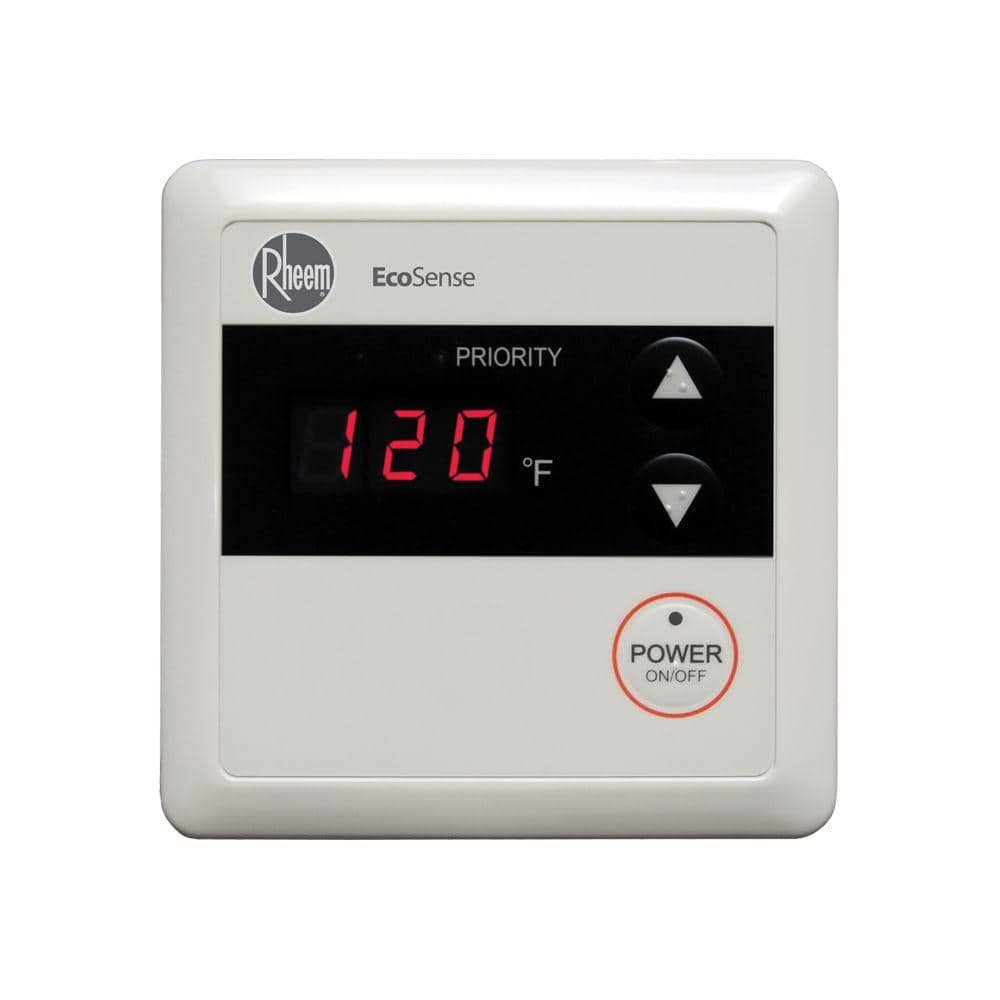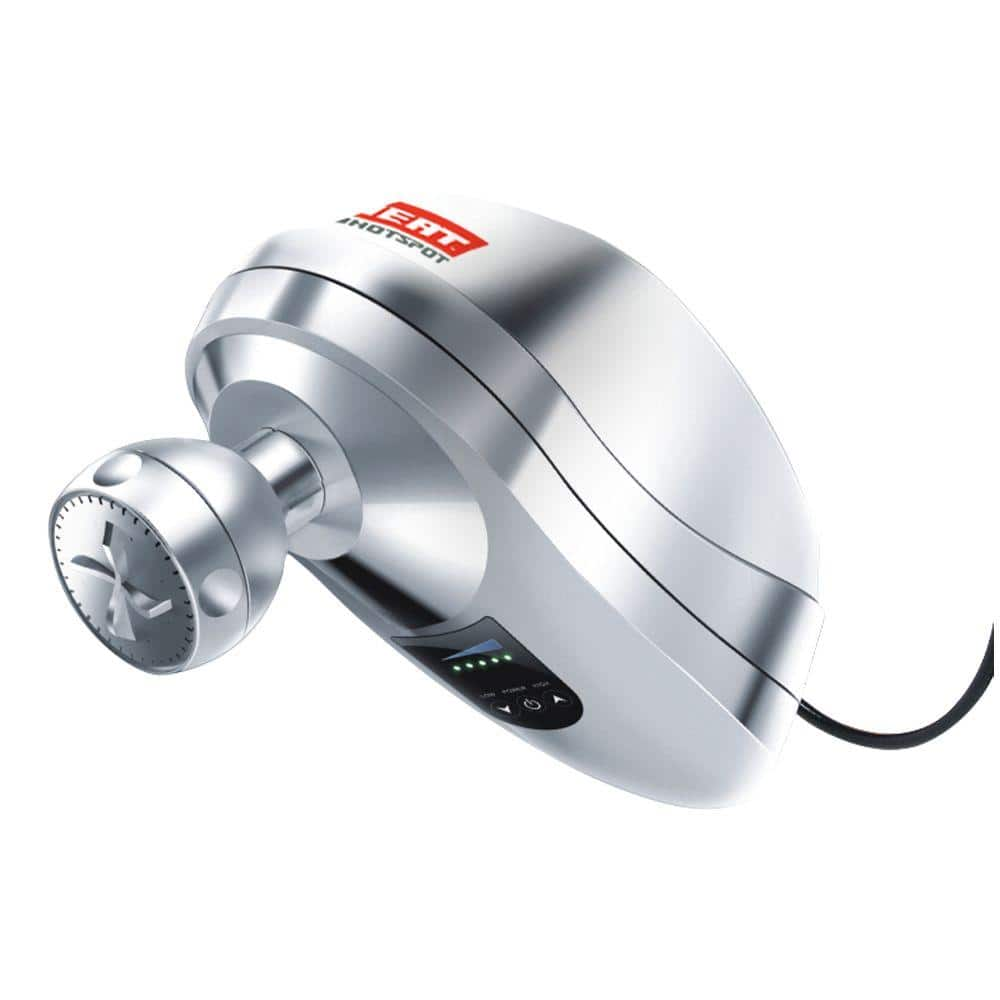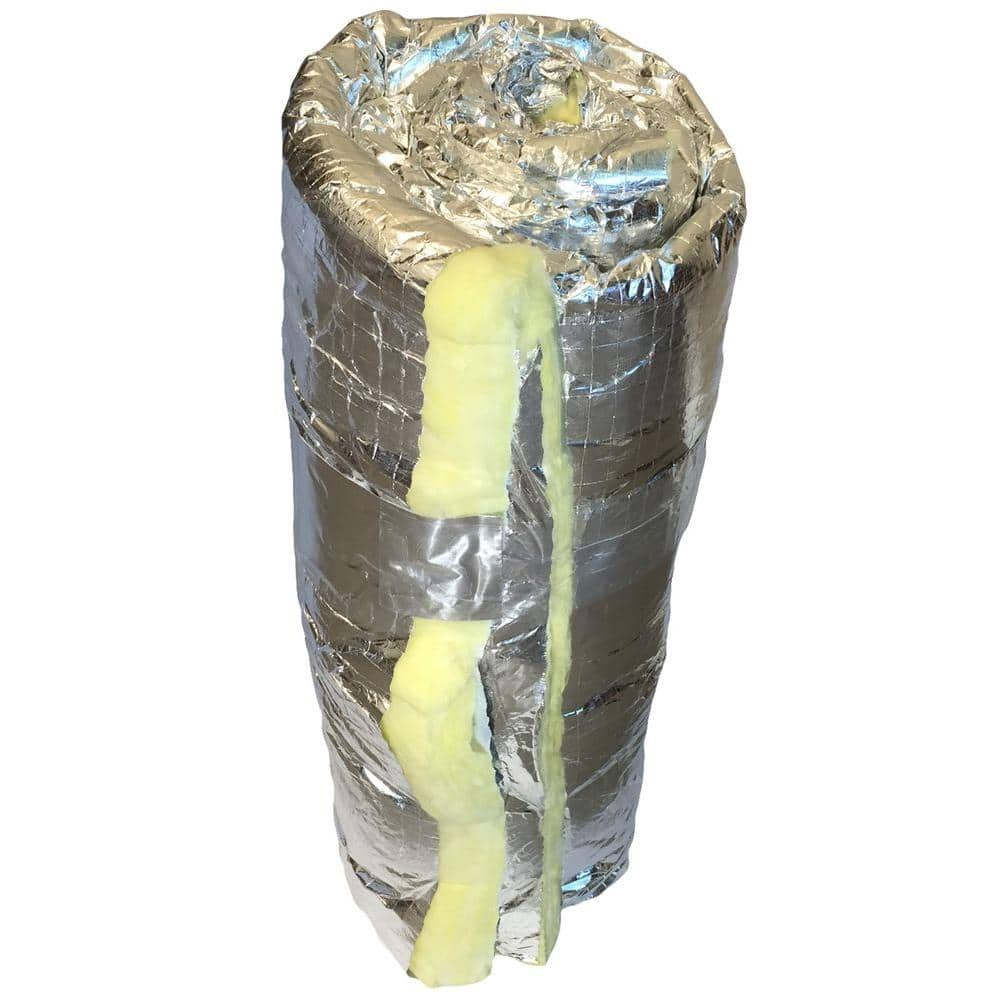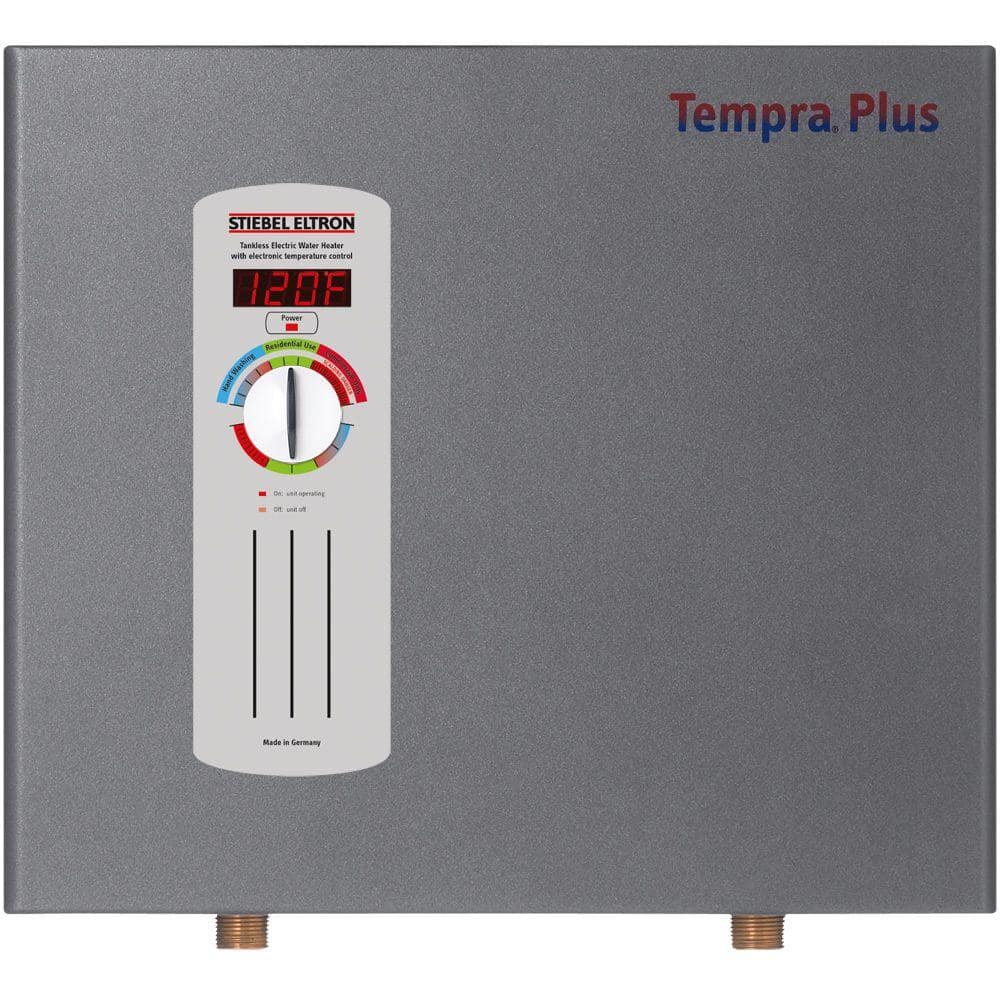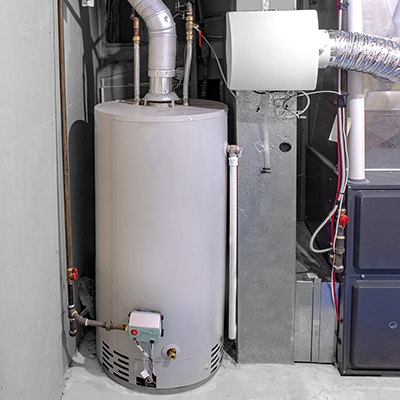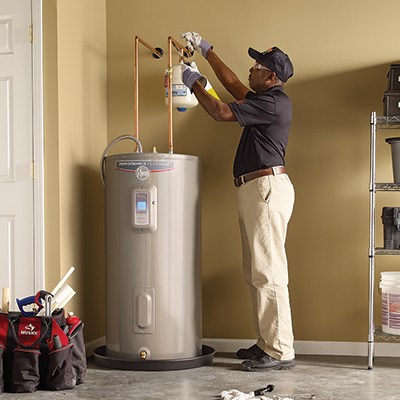How Do Tankless Water Heaters Work?

Published June 6, 2025
Tankless water heaters work by using an electric element or gas burner. The power source warms the water as it travels through a pipe to the unit. This delivers a near endless supply of hot water. A water heater provides instantaneous comfort and convenience.
Unlike traditional water heaters, the water supply isn't stored in the tank. This makes a tankless water heater a cost-effective water- and energy-conservation option. Read on to learn more about how tankless water heaters work. Learn what information you need to choose the right one for your home.
Table of Contents
Tankless Water Heater Flow Rate
Ground Temperature for Tankless Water Heaters
Additional Tankless Water Heater Considerations
Tankless Water Heater Flow Rate

Hot water usage is measured in gallons per minute (GPM). This quantifies the steady flow rate of hot water a water heater will make. To determine the total GPM you need, add up GPM for the major appliances in your home. Most tankless water heaters provide hot water at a rate of 2 to 5 GPM.
The best way to determine what the flow rate of any fixture in your home? The "bucket method." All you need is a timer and a one-gallon bucket/container:
- Place the container beneath the faucet.
- Turn the faucet on at full capacity and start the timer.
- When the water crests the top of the container, stop the timer. Turn off the water.
- Take the time from the timer and round it up or down to the nearest ‘5.' For example, 17 would become 20.
- Divide 60 by that number. For example, 60 divided by 20 is 3.
- The result is the GPM that that fixture uses. Per the example, your GPM would be 3.
Make sure you add up the GPM of appliances you'd use simultaneously. An example:
- If you typically run a bathroom faucet and showerhead at the same time, find their GPM. Your faucet flow rate is 1.0 GPM and shower flow rate is 1.5 GPM. The flow rate through the water heater would need to be at minimum 2.5 GPM.
Ground Temperature for Tankless Water Heaters

When choosing the best tankless water heater, it’s important to consider groundwater temperature. How cold is your incoming water? This information is needed to determine the temperature rise.
Use the map above to help gauge average groundwater temperatures:
- Start with the expected coldest groundwater temperature for your area.
- Calculate the difference between your incoming groundwater temperature and your desired output temperature.
- For most uses, you’ll want your water heated to around 100 to 115 degrees.
An example:
- Your required flow rate is 2.5. You live in Atlanta, where the groundwater temperature is 55 degrees. You need a water heater that produces a temperature rise of 45 degrees.
Additional Tankless Water Heater Considerations

The difference between gas versus electric tankless water heaters is in how the water is heated. Tankless electric heaters use an electric element to heat the water. Tankless gas water heaters use a gas burner. Figure out if your house runs on gas or electric for the best option.
Each tankless water heater lists the max GPM flow rate at different required temperature rises. Determine peak water flow demand in gallons per minute. Then, you'll know your required temperature rise. From there, you can select the best tankless water heater for your needs.
See below for a list of reasons why you should consider one for your home.
Continuous Comfort:
- Tankless hot water heaters can provide a near endless supply of hot water. They're good for long, comfortable showers or relaxing soaks in a bathtub.
- They protect the household from scalding. Some have unique features, like self-diagnostic programs or advanced sensors. These tools keep the unit from overheating and create automatic shut-off.
- If you use a lot of hot water, think about installing two. You can have more than one tankless water heater in your home.
- You can also install separate tankless water heaters for appliances. If you run the dishwasher or washer often, assign a water heater to an individual appliance.
Convenience:
- Tankless designs are compact and space-saving.
- They're ideal for use in new homes, retrofits, additions and vacation homes. They're also great for outdoor sinks, hot tubs and pool showers.
- Many heaters include advanced features. Look for options like digital display thermostats and remote controls.
Conservation:
- Opting for a tankless water heater lowers the amount of fossil fuels used to heat water. Most models lower your household energy bills by as much as 40 percent.
- A tankless water heater, on average, lasts up to 20 years. Traditional storage water heaters last 10 to 15 years. Going tankless reduces the amount of waste in landfills. Tankless heaters have easily replaceable parts. Replacing parts can extend lifespans even longer.
- ENERGY STAR®-qualified models are available.
Looking for a tankless water heater for your home? The Home Depot delivers online orders when and where you need them.
